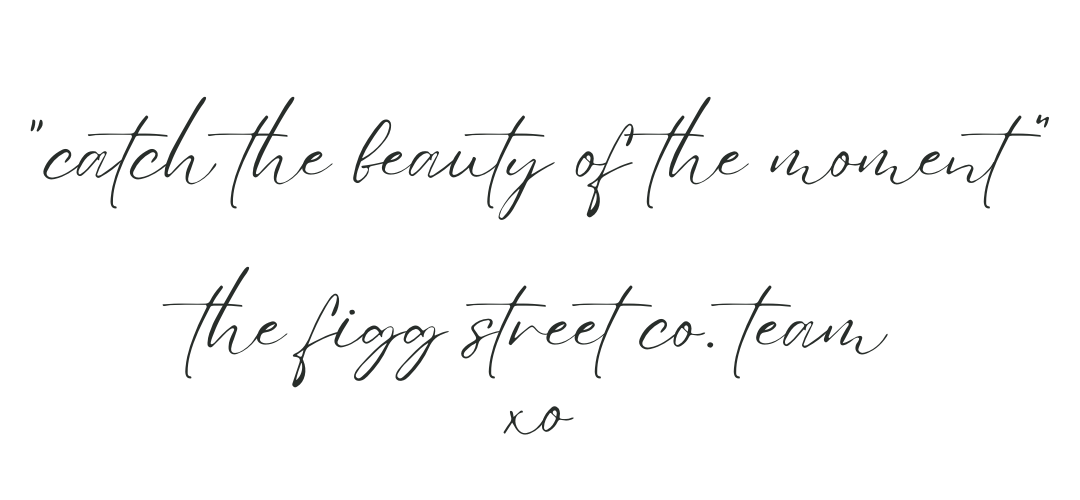What's your ideal notebook?
One of the observations I've made in running a stationery shop is the variety in preferences when it comes to selecting a notebook. Happily, we have a wide assortment of styles to choose from. Favourite notebooks differ from person-to-person, but also by use. Something for doodles, sketches and diagrams will require different features than a journal for writing down your feelings or tracking your daily progress toward a goal. There's also mobility. Do you travel with your notebook? I take a separate one with me for vacations and trips. One in my bag that I take with me wherever I go, and others that stay at home. What are your preferences when it comes to notebooks and journals?
Cover
Do you like a hardcover, that has a built-in solid surface on which to write? This comes in handy when you want to write on your lap and there's no desk or table around. It also means it won't bend out of shape.
All else equal, softcovers are lighter and thinner. They're handy for traveling, whether on a trip or on daily commutes to school or work. Several can be banded together under one cover, such as the Midori travel notebooks, for devoted topics: one for scheduling time, one for to-do lists, one for observations and musings, etc.
Binding
Some people have a strong preference for a particular type of binding. Wirebound books allow you to lay the book flat on a surface and also fully wrap the pages around the spiral, so only one page is visible at a time.
Staple bindings are simple, informal, and effective. You're more likely to find this type of binding in smaller and thinner notebooks. If the book is thin enough, you may be able to lay the book somewhat flat and view a two page spread with minor interference from the staples.
Glued bindings mean no metal or plastic wires are used. There's no chance of snagging here, which may be a consideration if you're traveling with your notebook regularly and packing it near soft items, such as fabrics or yarn.
Sewn bindings, and combination sewn/glued bindings provide the benefits of other types and are often the most preferred binding. When thick enough, these can create a nice, flat spine which can be labeled and easily read while stored on a shelf. Some are also designed to lay flat, and if so, unlike stapled or spiral bound bindings, they're the only type to provide a full and clean two page spread without metal at the join.
Paper
Like what goes between two slices of bread in a sandwich, paper is a key part of a notebook. Most notebooks have paper that is either white or cream coloured. Fountain pen writers may have a strong preference here, since some ink colours look different on a white page than on one with a yellow undertone.
There are many characteristics of paper quality that speak to different people such as its thickness, opacity, brightness and texture. The weight of paper inside is particularly relevant for sketchbooks, where preventing bleed-through of certain mediums is important. Some enjoy writing on onionskin paper and like the lightness of such paper for travel.

Layout
Your layout choice will be tied closely with the purpose of your notebook.
Lined - perfect for writing, including note-taking and personal journaling
Blank - ideal for drawing, doodling, freestyle diagrams and writing and can be used with a lined cardstock guide behind the page if you want the look of perfectly straight writing without the lines
Grid - best for charts and technical drawings and diagrams; also good for tiny handwriting
Dot Grid - popular for bullet journaling and flexible enough to be used as any of the styles above
Size
I've noticed people have strong preferences when it comes to size. Notebook aficionados will often be familiar with paper size terminology, but many are not. Here's a trio of commonly seen and used sizes:
A4 - The most popular paper size in the world. It's 8.3" x 11.7" (21cm x 29.7cm)
A5 - If you take a sheet of A4 paper and fold it in half lengthwise, you'll have an A5 sized piece. 5.8" x 8.3" (14.8cm x 21cm)
A6 - If you now do the same with an A5 sheet of paper - that is, fold it in half lengthwise, you'll have an A6 sized paper. 4.1" x 5.8" (10.5cm x 14.8cm)
Other Features
Where it's made and the materials used are other factors that people regularly consider. Some value buying locally, or as-close-to-locally manufactured items. Some consider the human rights track record of particular nations. Some people only buy vegan. Some prefer the look and feel of specific materials. Everyone has their own set of values and preferences.
Weight is an element that may be of significant importance or not at all. Often this pertains to whether you'll be traveling with the notebook or not.
Page count is something we select in a general sense. We may prefer thinner notebooks to toss easily into a bag or group several together or the look and feel of a thick, generous tome we look forward to filling with our thoughts, ideas and delights.

Of course, there's also the very personal matter of colour and design that often compels us to select a particular notebook. A beautiful colour we love or design element can sometimes be the deciding factor. In this way, notebooks reflect back to us our likes and preferences. Perhaps this is why it brings us so much joy to crack one open and begin on a fresh, clean page.
To fresh starts!















